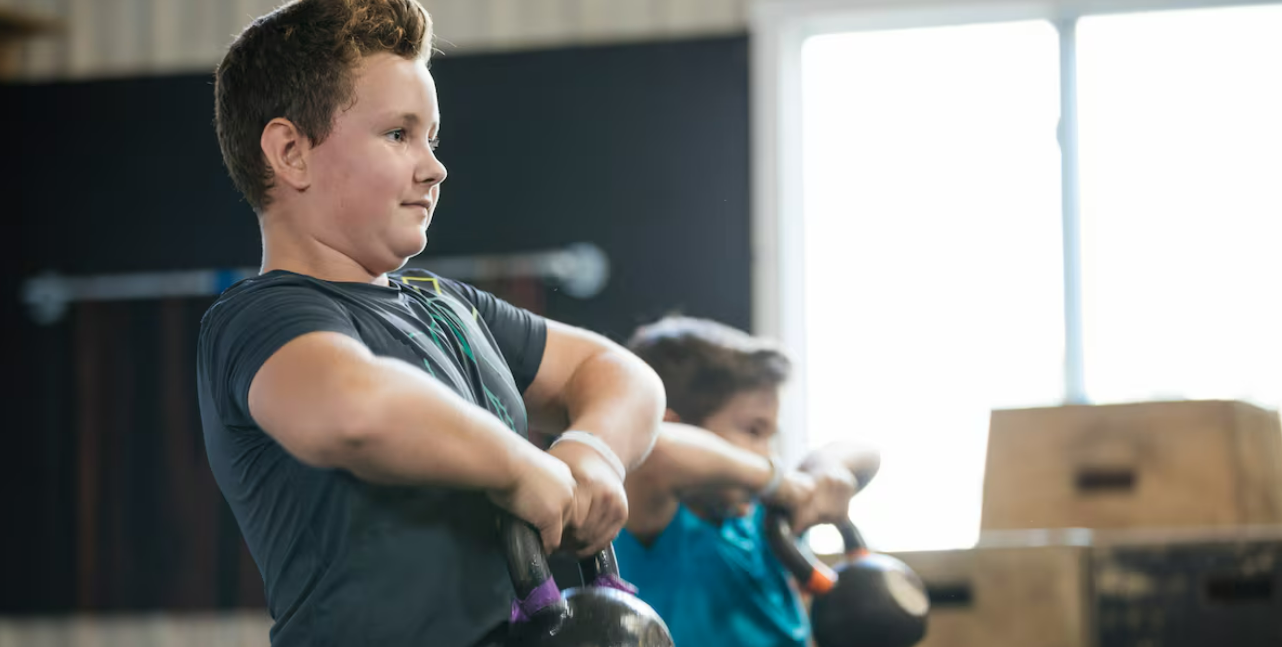Should Your Teenager Join the Gym? Motivation, Environment, and Key Factors to Consider
In recent years, awareness around physical fitness and healthy habits has grown significantly. More people are signing up for gym memberships, recognizing the many benefits of regular exercise. According to Statista, gym attendance in Spain reached 18.9% in 2024—a notable increase compared to previous years. Among this growing demographic are teenagers, many of whom are eager to start gym workouts to improve both their health and appearance.
But before allowing a teenager to join a gym, it’s crucial for parents and guardians to fully understand the motivations behind their child’s interest and to consider multiple factors that can affect their physical and emotional well-being.
Why Teens Are Drawn to the Gym
Teenagers often develop an interest in gym workouts for a variety of reasons. Some may be involved in competitive sports and wish to enhance their athletic performance through strength training. In these cases, developing stronger muscles becomes a tool to improve their skills and endurance.
However, for many teens, the primary motivation stems from a desire to improve their physical appearance. Influences from friends, social media, and popular influencers often shape these goals. They watch videos of other young people working out—sometimes unsupervised—and attempt to replicate what they see.
While developing an interest in fitness can be positive, it’s important that teens approach it with healthy motivations and proper guidance.
Open Communication: The First Step for Families
Sports psychologist Patricia Soriano emphasizes the importance of discussing motivations openly with teens before they start gym training. She suggests that parents explore four key areas:
- Understand Their Motivation: Is the desire to work out coming from a genuine passion for fitness, or is it driven by comparisons with peers and influencers? An internal drive is healthy, while external pressures may require closer attention.
- Avoid Prohibitive Fear: Parents may feel anxious about their child joining a gym, but it’s essential to differentiate between valid safety concerns and personal fears or misconceptions about gyms.
- Discuss Health vs. Appearance: Clarify whether the goal is to build strength and stay healthy or simply to change their appearance. Teens should understand that being “strong and healthy” is not the same as striving for a specific body image.
- Supervise Their Environment: Pay attention to the type of social media your teen consumes, the gym environment they’ll be entering, and the people they will be interacting with. Role models and peer groups at the gym can significantly influence their perspective on exercise.
The Importance of Professional Supervision
For teenagers, proper supervision is key to developing safe and effective exercise habits. Soriano recommends working with a qualified trainer or specialist who focuses on performance, enjoyment, and overall well-being—not just aesthetics.
Dr. Eva Ferrer, an expert in sports medicine, highlights that strength training itself isn’t harmful, even for young adolescents, as long as it’s done correctly and tailored to their stage of physical development. She explains that simple activities like playing on jungle gyms at the park already involve strength training. Incorporating strength exercises into a teenager’s routine can be beneficial if properly managed.
Safe Exercise Guidelines for Teens
According to the World Health Organization (WHO), children and adolescents aged 5 to 17 should engage in at least 60 minutes of moderate to vigorous physical activity daily. The recommendations include aerobic activities as well as muscle and bone-strengthening exercises at least three times a week.
The critical issue isn’t whether teens should do strength training, but how they do it. Poor form, improper load, or lack of supervision can lead to injuries, while a well-structured program can promote growth, prevent injuries, and establish lifelong healthy habits.
Making Exercise Fun and Sustainable
David García Oterino, a personal trainer who works with both adults and children, stresses that for teens, exercise should be enjoyable. Unlike playing soccer or other team sports, gym workouts may feel monotonous. Keeping sessions fun and varied can help teens stay motivated while building good habits.
García Oterino emphasizes that strength training, when properly supervised, can actually aid healthy growth. But it’s essential that teenagers aren’t blindly following fitness influencers without professional guidance. Establishing a solid foundation early on is what ultimately reduces the risk of injury.
Building Healthy Habits for Life
Introducing exercise at a young age fosters a positive relationship between body image and health. Still, it’s vital to recognize that every teen develops muscle differently. The goal of going to the gym should not be limited to rapid muscle gain but should focus on establishing long-term healthy habits.
As Dr. Ferrer points out, the most dangerous scenario for teens isn’t engaging in strength training—it’s remaining sedentary. Inactivity can lead to injuries, poor health, and harmful habits. If teenagers are eager to work on their physical fitness, they must be properly informed and guided on what exercises to do and how to do them safely.
Conclusion
Allowing your teenager to join a gym can be a fantastic opportunity to instill lifelong fitness habits, but it requires thoughtful conversations, professional supervision, and ongoing support. By focusing on health, enjoyment, and proper guidance rather than superficial goals, families can help their teens develop both strong bodies and healthy mindsets.
